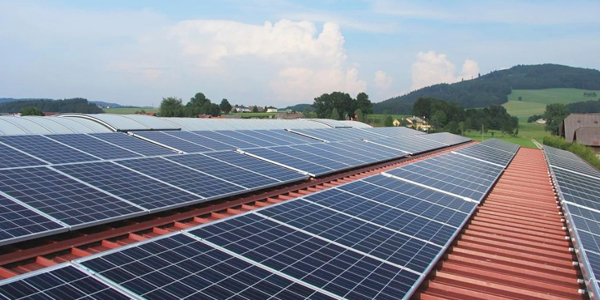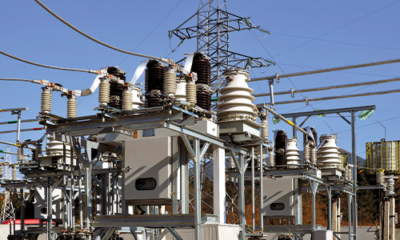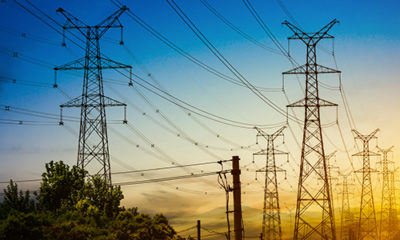News
Solar panel on the rooftop of house: Here’s a brief guide


Source:https://www.xenius.in/solar-panel-on-the-rooftop-of-house-heres-a-brief-guide/
With bountiful of sunshine available in most parts the country, solar energy can be effectively tapped in India. Moreover, with solar technology becoming more affordable now, rooftop solar installations in residential premises can prove to be useful propositions. What is lacking, however, is proper awareness about this sustainable source of energy and that’s what this brief guide provides.
Solar energy is one of the most flexible forms of renewable energy. India being one of the countries that gets an abundance of it, primarily in the Southern region, is an ideal place for solar power integration. Moreover, now that solar technology has become affordable enough for most households, guiding citizens towards this sustainable source of energy is highly significant.
The lack of awareness among people about solar energy is one of the primary reasons that rooftop installations are not gaining momentum in the residential sector. There are various factors to be considered before deciding on using solar energy for residential areas. Assessing the quantum of energy that can be produced at the given infrastructure is the most important factor. Thankfully enough, most regions of India get ample sunlight on rooftops for solar panel installation and adequate generation of energy.
- The lack of awareness among people about solar energy is one of the primary reasons that rooftop installations are not gaining momentum in the residential sector.
- The ideal roof area available and the capacity allowed by power distribution companies (DISCOMs) for installation will determine the size of the setup that can be installed.
- An average home solar panel generates 290 watts of energy with one hour of direct sunlight, which means 2,320 watts of power from eight-hour exposure.
- The cost invested in the rooftop solar setup would be reflected in the savings on the electricity bills.
For home solar installation, the nature of the rooftop is the deciding factor. The ideal roof area available and the capacity allowed by power distribution companies (DISCOMs) for installation will determine the size of the setup that can be installed. The construction quality of the rooftop and the age of the property are also contributing factors in the installation.
An average home solar panel generates 290 watts of energy with one hour of direct sunlight, which means 2,320 watts of power from eight-hour exposure. Thus, assessing the average amount of electricity needed in a household in a day is the next plausible step. And the cost factor of the panels comes next.
The power produced by a rooftop solar setup, however, does not mean that users will no longer be dependent on the grid power from DISCOMs. It only means that the system will generate clean energy compensating for the power used up previously, and helping reduce electric bills at the same time. The cost invested in the rooftop solar setup would be reflected in the savings on the electricity bills.
Solar panel installation is already being widely used in commercial setups, parking lots and other public areas in metros and urban cities. But it is expected to have a larger scope in residential areas also in the near future. With proper planning and careful calculation, the switch to solar rooftops can prove beneficial for users, the economy at large, as also for the environment.
-



 News3 weeks ago
News3 weeks agoKW Delhi 6 Mall Onboards New Brands
-



 News4 weeks ago
News4 weeks agoManasum Senior Living Launches IKIGAI GOA, A Senior Living Community in North Goa, in collaboration with Prescon Homes
-



 News2 weeks ago
News2 weeks agoGodrej Properties Sells Rs 3k cr+ Homes of Godrej Zenith, Gurugram, within 3 days
-



 News4 weeks ago
News4 weeks agoBridging India Divide: Top 5 Tier- 2 Cities to Focus On
-



 News3 weeks ago
News3 weeks agoCommercial Realty Gets Tech Savvy: Fast Construction, Enhanced Convenience
-



 News4 weeks ago
News4 weeks agoMultipoint Connection – A Definite Boon
-



 News3 weeks ago
News3 weeks agoRBI’s Status Quo on Key Policy Rates to Help Maintain the Real Estate Growth Momentum, Say Industry Stalwarts
-



 News1 week ago
News1 week agoOlive Announces Dhruv Kalro as Co-Founder



























